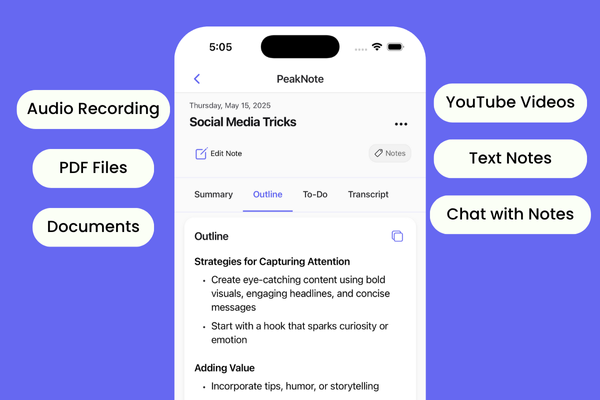React development is tricky, and even the pros can slip up sometimes. These mistakes might not seem like a big deal at first, but they can make your app run slow or be hard to keep up with as it grows.
In this piece, we're going to point out some of these common slip-ups, whether it's making your components too rigid or messing up how you handle data changing over time.
We've got you covered with not just the problems, but also the fixes. From making sure your app loads fast to keeping your code easy to manage, we'll guide you through making your React projects better.
Let's dive in and learn how to sidestep these pitfalls, making your coding journey smoother and your apps better.
1. Misusing the Key Prop
Mistake:
{myList.map((item, index) => <div key={index}>{item}</div>)}
Using indexes as keys in lists can lead to performance issues and bugs, especially if the list can change.
Right Way:
{myList.map(item => <div key={item.id}>{item.name}</div>)}
Use a unique identifier from your data as a key.
2. Overusing State
Mistake:
function MyComponent() {
const [value, setValue] = useState(0); // Doesn't change
return <div>{value}</div>;
}
Putting all data into state, even if it doesn't change, can lead to unnecessary re-renders and complexity.
Right Way:
function MyComponent({ value }) {
return <div>{value}</div>;
}
Only use state for data that changes. Use props or context for static data.
3. Not Utilizing useEffect Correctly
Mistake:
useEffect(() => {
fetchData();
});
Forgetting to specify dependencies for useEffect can lead to unexpected behavior or infinite loops.
Right Way:
useEffect(() => {
fetchData();
}, []); // Runs only on component mount
Always specify a dependency array, even if it's empty, to control when the effect runs.
4. Prop Drilling
Mistake:
<Grandparent>
<Parent>
<Child prop={value} />
</Parent>
</Grandparent>
Passing props through multiple layers of components makes the code hard to maintain.
Right Way:
// Context API example
const ValueContext = React.createContext();
<ValueContext.Provider value={value}>
<Child />
</ValueContext.Provider>
function Child() {
const value = useContext(ValueContext);
return <div>{value}</div>;
}
Use Context API or a state management library to avoid prop drilling.
5. Ignoring Composition
Mistake:
function UserProfile({ user }) {
return (
<div>
<Avatar src={user.avatar} />
<Username name={user.name} />
// More user details
</div>
);
}
Creating components with a single, inflexible structure rather than making them reusable.
Right Way:
function UserProfile({ children }) {
return <div>{children}</div>;
}
<UserProfile>
<Avatar src={user.avatar} />
<Username name={user.name} />
// More user details or different layout
</UserProfile>
Design components to accept children or render props for flexibility.
6. Ignoring Component Reusability and Scalability
Mistake:
function UserDetails({ user }) {
return <p>{user.name} - {user.email}</p>;
}
Building components with very specific use cases in mind, leading to challenges in reusing them across the application.
Right Way:
function UserDetail({ label, value }) {
return <p>{label}: {value}</p>;
}
Design components with generality and reusability in mind. Make them configurable with props.
7. Not Optimizing Render Performance
Mistake:
function ListItem({ item }) {
return <div>{item.name}</div>;
}
Overlooking the need for optimizing component renders, causing unnecessary re-renders and sluggish performance.
Right Way:
const ListItem = React.memo(function ListItem({ item }) {
return <div>{item.name}</div>;
});
Use React.memo for functional components and carefully manage shouldComponentUpdate for class components.
8. Neglecting Proper Error Handling
Mistake:
useEffect(() => {
fetchData().then(data => setData(data));
}, []);
Failing to handle errors gracefully in components or during data fetching, leading to uninformative error messages or app crashes.
Right Way:
useEffect(() => {
fetchData().then(data => setData(data)).catch(error => setError(error));
}, []);
Use error boundaries and structured error handling to improve user experience during errors.
9. Mismanaging Form State
Mistake:
<input type="text" value={name} onChange={(e) => setName(e.target.value)} />
Handling form inputs with local state in each input component, making it cumbersome to manage complex forms.
Right Way:
// Using React Hook Form
const { register, handleSubmit } = useForm();
<input {...register("name")} />
Use a form library like Formik or React Hook Form to manage form state efficiently.
10. Not Leveraging Code Splitting
Mistake:
import HeavyComponent from './HeavyComponent';
Loading the entire app bundle upfront, resulting in slow initial load times for users.
Right Way:
const HeavyComponent = React.lazy(() => import('./HeavyComponent'));
Use dynamic imports with React.lazy for code splitting, improving initial load performance.

